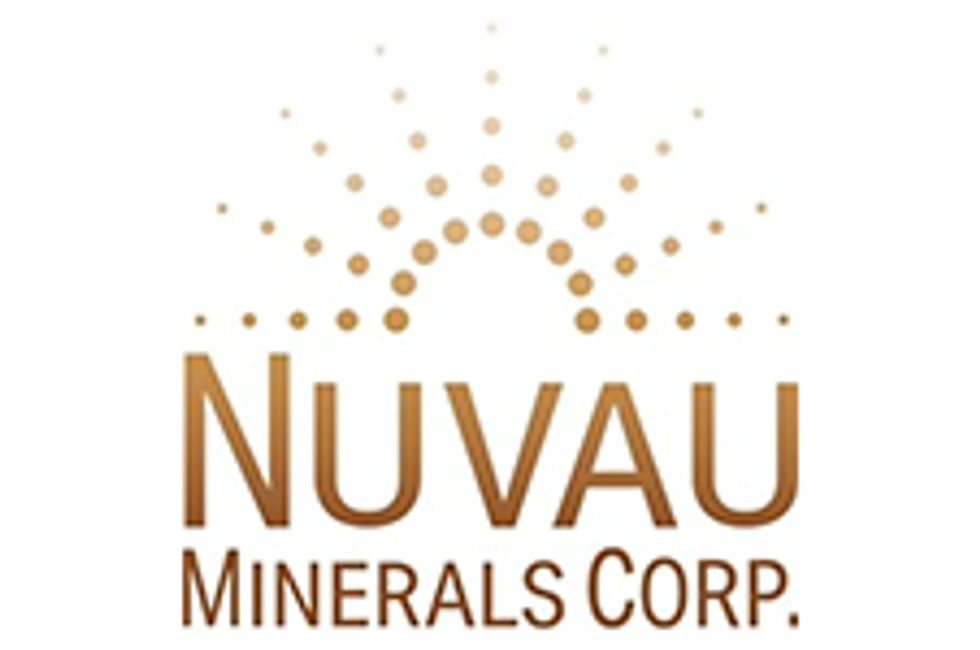Clean Energy Solutions – Whither Zinc-Bromide Batteries
Batteries are critical in making renewable energy a bigger part of our energy supply. And while a number of battery types battle it out for widespread commercial application, Zinc-Bromide (ZnBr) redox flow batteries are receiving a smaller share of that action.
By James Wellstead – Exclusive to Zinc Investing News
The recent sale of a 1 megawatt Zinc Air Redox Energy Storage System to Juhl Wind Inc. at the 10.2MW Woodstock Hills wind farm should help bring some renewed attention to one of the cleanest batteries on the market – Zinc-Bromide (ZnBr) redox flow batteries. Montana-based Zinc Air Inc., will provide the development and installation of the grid storage system which will be funded through a revenue arrangement from a utility buyer or within the Midwest Independent Transmission System Operators (MISO) marketplace.
Often compared to lead-acid batteries, zinc batteries are touted as a much cleaner and more efficient option. Dan Juhl, Chairman and CEO of Juhl Wind felt that zinc batteries were the right choice to bring renewables like wind into the market against more traditional energy sources. “We have carefully studied the growth in storage technologies because we believe large scale storage will unlock the full value of wind power. If we can build a combination wind farm with storage for the cost of a new coal plant, we are confident we can deliver totally clean electricity that can compete head-to-head with the wholesale energy market today and into the future.”
John Mitola, President of Juhl Wind Inc. said that “Competitive, reliable storage can be a real game-changer for wind power and the entire utility grid. And, as we continue acquisitions of existing wind farms, the ability to bolt on storage can completely boost the economics of an existing project.”
But with various competing battery technologies vying for adoption within renewable energy storage markets, what do ZnBr batteries offer?
How ZnBr batteries work
The basic operation of ZnBr batteries is essentially an electroplating process. For this, the battery uses small pumps to circulate an aqueous solution of zinc bromide (zinc-bromide salts diluted in water) over both electrode surfaces, which is why it is referred to as a “flow” battery. During charging, zinc is plated onto the conductive plastic electrodes where electrolytes then transmit heat. During discharging, the reverse reaction occurs and zinc is removed as electricity is generated.
While varying slightly across company-specific processes, ZnBr batteries use plastic in the construction of the electrodes and most other parts of the battery. The plastic electrodes do not take place in the reaction and thus do not corrode or deteriorate over time, allowing the ZnBr batteries to be 100 percent discharged without affecting cycle life.
When compared with many other battery technologies, the ZnBr battery offers high energy density (the amount of energy contained for a given battery weight or size) which ranges from 75 to 85 watt-hours per kilogram, putting them above the energy density of lead-acid batteries. The batteries become inert after discharge and typically have a lifespan of 10-20 years.
Some of the models currently in commercial production, like the ZESS models from ZBB Energy Corp (AMEX:ZBB), illustrate the batteries flexibility in scale as well. The ZESS 50 is a 50 kWh model, which would roughly power a home for two days, while the ZESS 500 kWh fully charges in 4.5 hours and has continuous power of 250 kilowatts (kW), sustainable for two hours, with 200 percent peaking capability.
Massachusetts-based Premium Power is also working on making ZnBr batteries more accessible, with models ranging from 30 kW to 6 MW models. Costs for these models are also very competitive at US$250 to US$300/kWh or $250 to $350/kWh (although averaging closer to $400/kWh), compared to lithium ion batteries at around US$1000/kWh.
ZnBr battery applications
The intermittent supply of a number of renewable energy sources (specifically wind and solar) are currently the most common applications of ZnBr batteries.
Peter Walters, COO of Zinc Air Inc., said that flow battery technology of Zinc-Bromide are well-suited for “grid storage applications, including energy peak shifting and renewables (solar/wind) integration, designed to address the issues of matching demand with supply and variability.” These batteries are typically designed to integrate with utility, renewable or sustainable energy sources to ensure power in electronic, computer network, communications, utility, healthcare and manufacturing type environments.
Use in hybrid and electric vehicles is also a prospect, though less developed than other battery types. Zinc Air Inc. is working on bringing zinc batteries into electric vehicles in the coming years, possibly pairing the technology with existing batteries which have a greater acceleration rate, but unlike zinc batteries, take hours to charge.
Whither zinc?
While, like most innovative batteries, zinc offers great potential, its future is far from assured. The cost of a kilowatt hour is still 3 to 4 times greater than existing lead-acid batteries and they achieve only about half of the number of cycles within its lifespan (around 2,000). As a result, cost and efficiency are not yet broadly competitive.
However, in comparison with other metal batteries, zinc scores a number of points. For one, the abundance of zinc-bromine salt solutions used in the electrolyte process is extremely plentiful, and not reliant upon politically sensitive markets such as those for rare earth elements. Combine this with the limitless dry shelf-life and an adaptable technology for a variety of scales and zinc looks like it is getting ready for prime time.
Disclosure: I, James Wellstead, hold no direct investment interest in any company mentioned in this article.

